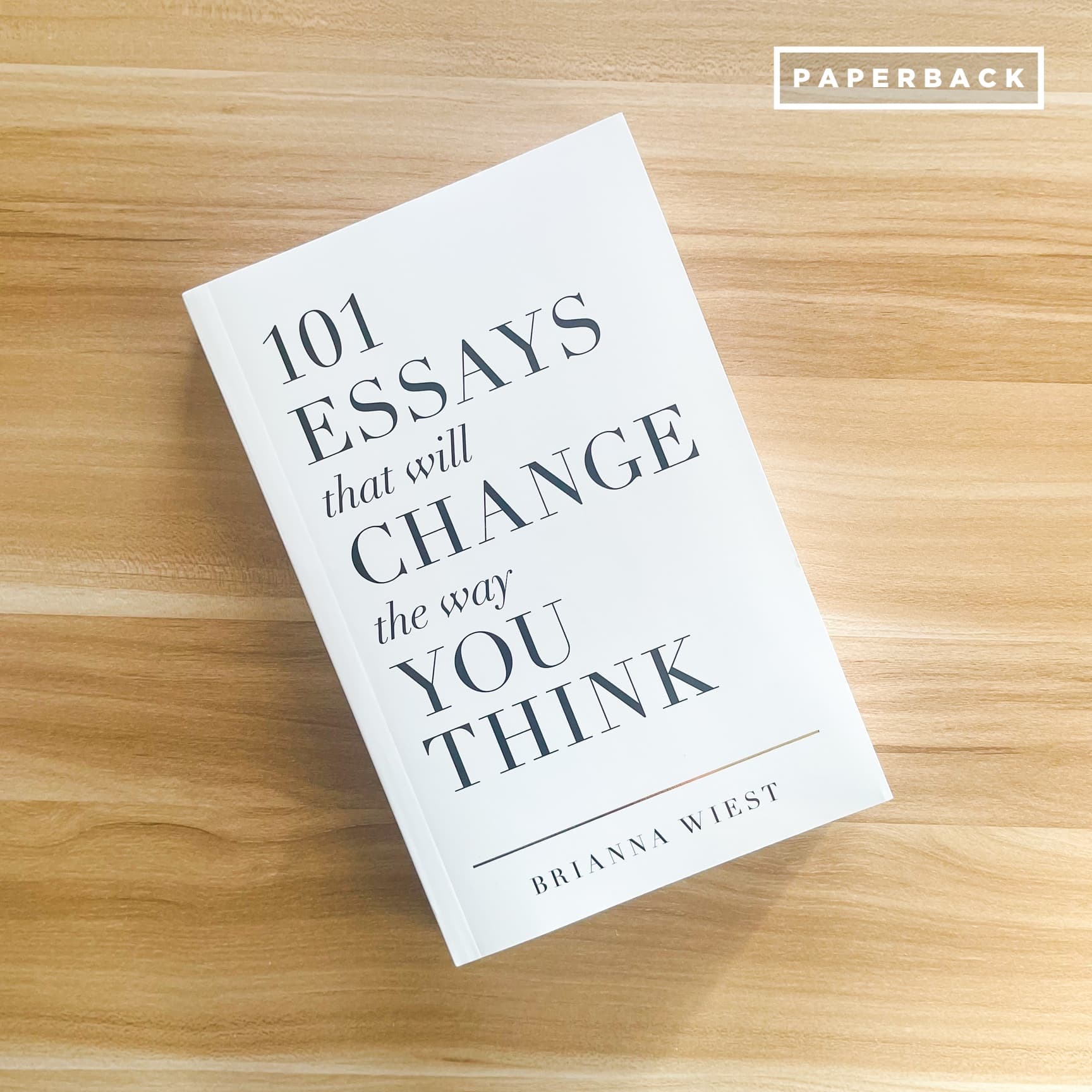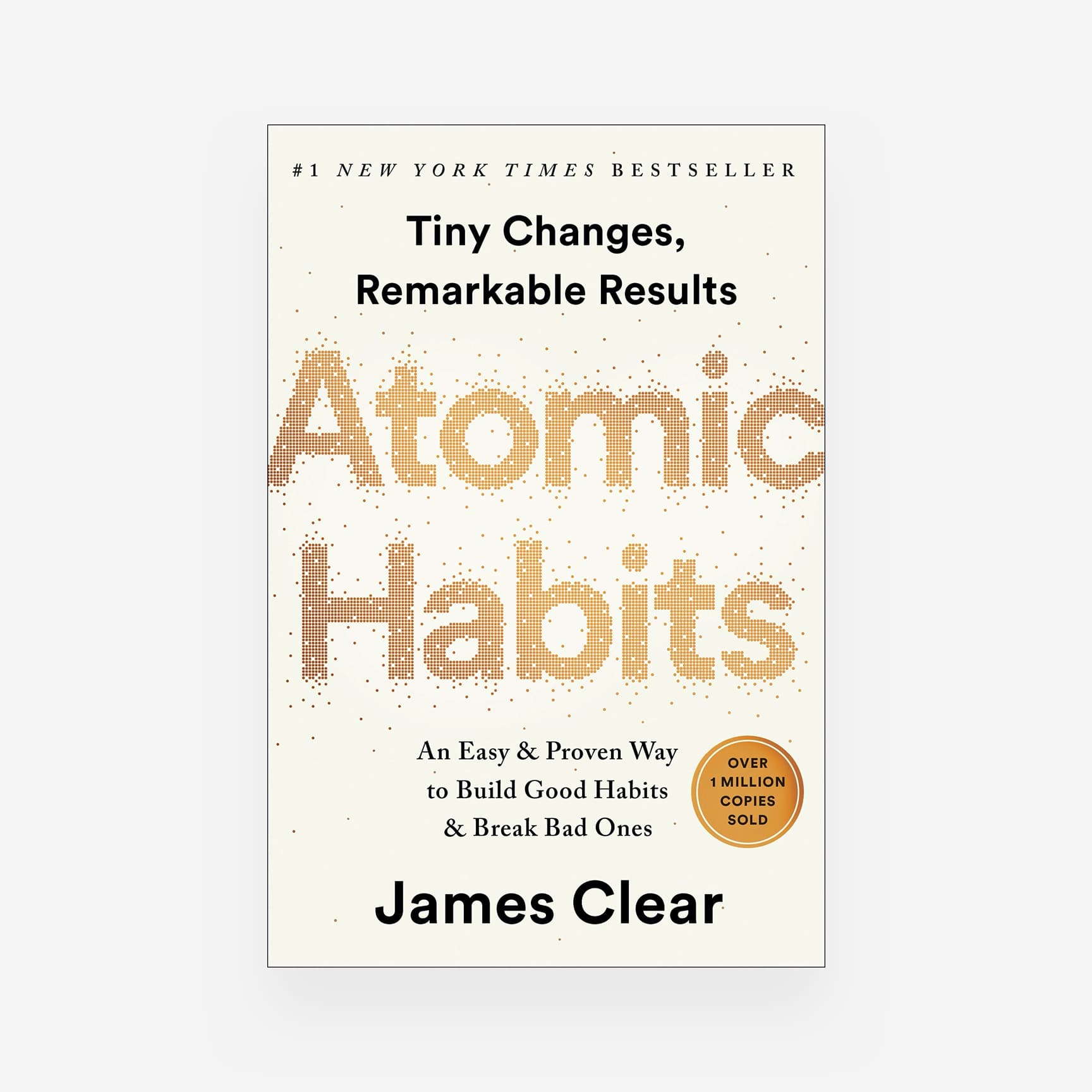Oftentimes, we are stuck on the notion that our flaws differ and are exclusively ours. But it's common. And, this book leads us to this sense of similarity.
Grab yours now by clicking this: Atomic Habits
Lesson 1: Recognize your habits
It is indeed difficult to have that unbiased awareness of how your habits affect you. As a result, even if it’s bad, it takes a great effort to break from it because we felt a sense of autonomy and familiarity. Adjusting from a new cycle leads to uncertainty and anxiety.
These emotions building up are perfectly normal. James Clear suggests a thorough evaluation of your daily habits— may it be a good habit, bad habit, or in between. Doing this allows you to step back and understand what needs to stop or work on.
If you want to learn about something, place a book or any educational materials that are easy to grab. This triggers actions from you, thus, doing it anyway, because there's no excuse you can't.

Lesson 2: Grasp the habit cycle
When you adapt to a new activity, it feels weird and uncertain— which are all fine. This is a habit loop. If you break down its core, specific elements such as Cue, Craving, Response, and Reward are present. Once you get the grasp of these four elements, it will be an eye-opener for you.
Among these four, the most crucial element is the rewards. Make sure to choose a reward that greatly brings you a sense of satisfaction. Because every time you feel better, your brain automatically relates it to the activity. Thus, motivates you to do it again.
An awareness that there’s a behavioral pattern to your habits makes it easier for you to determine which one to break and nurture.
Lesson 3: Manage Your Good and Bad Habits
Thru the book, it serves as your legwork to make do good and bad habits. There's a solution in starting is starting a good habit and breaking bad ones.
Here's what you should do to encourage good habits:
- Make it easy
- Make it obvious
- Make it attractive
- Make it satisfying.
These four laws in creating good ones make it trouble-free to do. For the inversion of this, you may also follow these steps:
- Make it difficult
- Make it invisible
- Make it attractive
- Make it unsatisfying
It makes so much sense, right? To stop yourself from executing bad habits, perceiving them as ugly and tedious will discourage you. These easy steps ensure efficient and remarkable results towards a better and productive you.

Lesson 4: One Step At A Time
The easier it is to do, the faster you can adapt to the habit. The 1% progress rule in Atomic Habits is a fool-proof plan to make effective progress. Once done every day, you'll surely be thirty-seven better than before.
Taking a dramatic shift to make this work is a hoax. By reducing work, doing it faster is possible to attain. On the contrary, make a bad habit harder. Hence, put the sweets behind the healthy snacks.
You are a product of your habits, choose the ones that positively benefit you.
Lesson 5: Never Miss Twice
A missed goal for the first time is okay, but avoid repeating it. Make sure to hit that bullseye the second time around. Small tweaks, huge changes. A small step goes a long way. This may sound cliché, but this advice never failed to guide anyone.
Be careful about what habit you choose to do as this is one of the things that determine the security and brightness of your future.
No matter what we do, may it be good or bad, one day the results will affect directly proportional to us. These 5 vital lessons that are being discussed are intended only to inform, but not as an alternative to the book.
To satisfy your curiosity, click Atomic Habits to get yourself a copy. Happy reading, folks!








